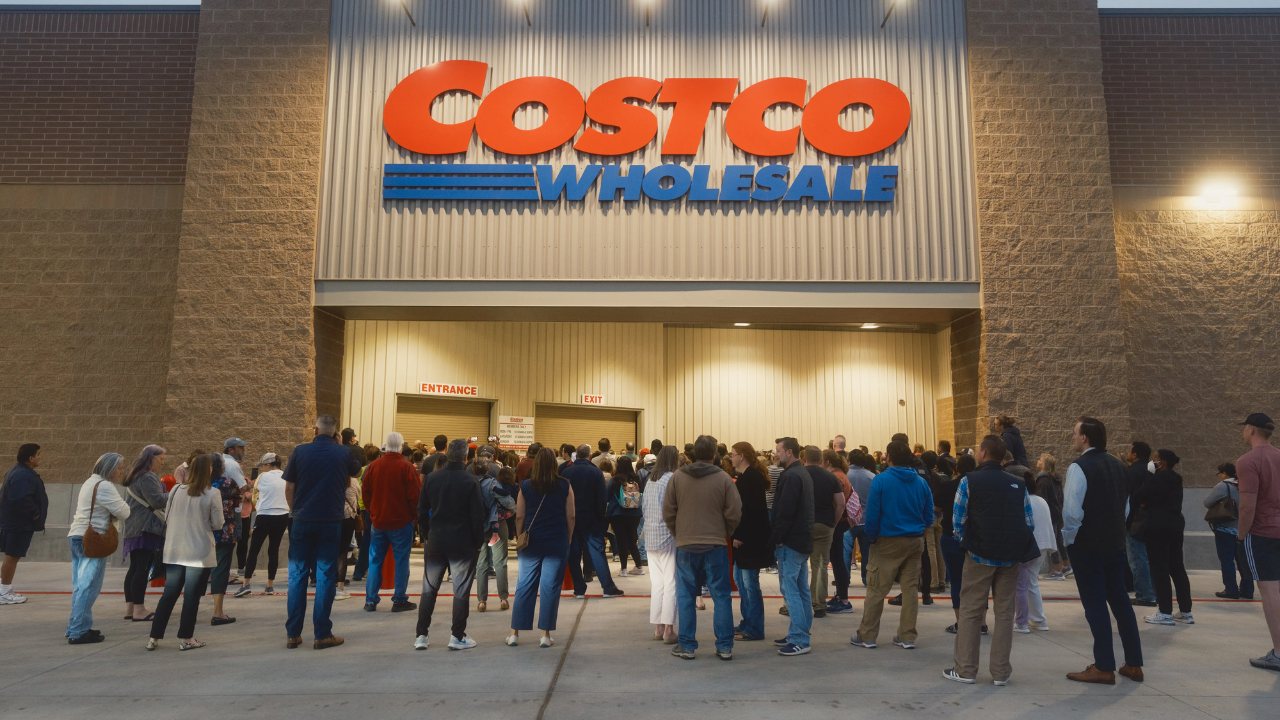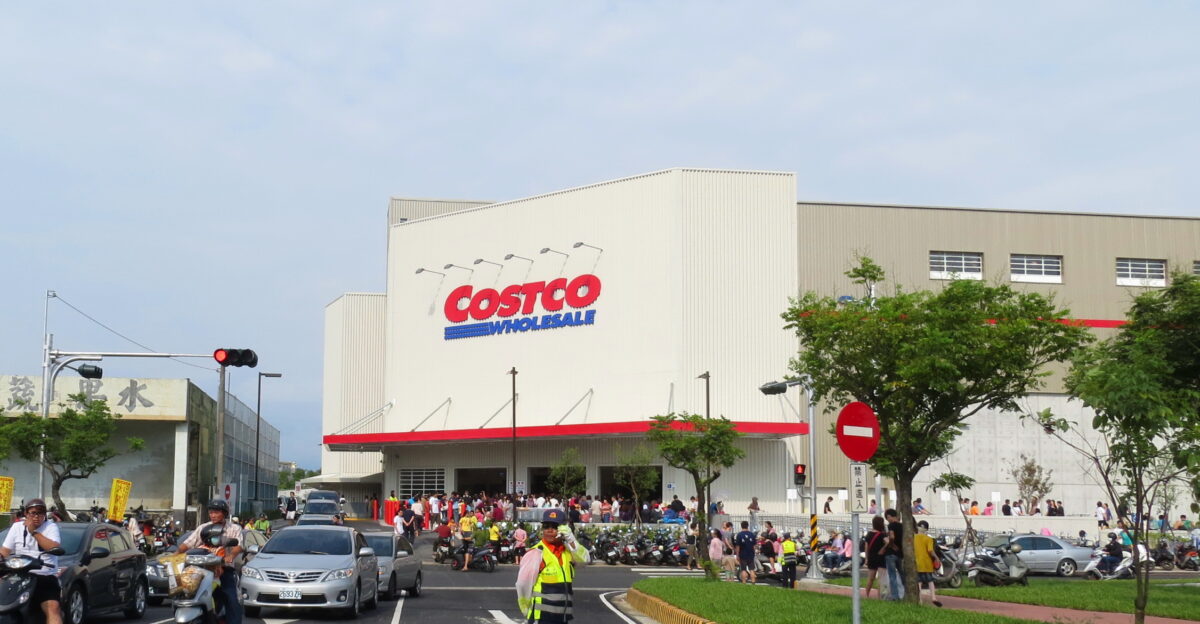
Costco has implemented a significant operational shift across its U.S. warehouses, installing membership card scanners at store entrances to combat unauthorized access and membership sharing. This initiative impacts approximately 81 million paid members worldwide and over 145 million total cardholders globally, marking one of the company’s most substantial policy changes in recent years. The new system ensures that only legitimate members can enter Costco warehouses, reinforcing the value of the membership model and tightening security controls at the door.
A High-Tech Gatekeeper

Upon arrival at Costco warehouses, shoppers now encounter a digital verification system: entry requires scanning either a physical membership card or digital QR code at a designated entrance scanner. An attendant assists with the process and verifies that the cardholder’s photo matches the person presenting the card. For members whose cards lack a photo, a valid government-issued photo ID is required.
The new scanners immediately flag expired or inactive memberships, redirecting affected shoppers to the membership counter before they enter the warehouse. This dual-layer verification system is designed to prevent unauthorized use of borrowed or shared cards, making it substantially more difficult for non-members to gain access.
Rollout Timeline and Implementation

Costco began testing the scanning system in select locations in early 2024, with the company announcing a phased rollout that extended through the remainder of 2024. As of mid-2024, Costco CEO Ron Vachris confirmed the company had been piloting the system in U.S. stores for approximately six months and noted that membership card scanners had been used successfully at European warehouse entrances for more than two years. The rollout proceeded gradually, with the company deploying scanners across its U.S. warehouse network over a multi-month implementation period.
Protecting the Membership Model
Costco’s decision to tighten entrance controls is rooted in its business model, where membership fees represent a critical revenue stream. In fiscal year 2023, Costco generated $4.6 billion from membership fees alone, representing 1.9% of total company revenue. Company leadership has emphasized that Costco’s benefits and member pricing are reserved exclusively for paying members.
The surge in membership sharing became particularly apparent during the COVID-19 pandemic. As customers asked friends and family to shop on their behalf due to lockdowns and restrictions, these sharing habits persisted even after pandemic-related limitations eased. Costco recognized that technological enforcement would be necessary to restore the integrity of its membership system and protect membership revenue.
Operational Improvements Beyond Security

Beyond preventing unauthorized access, the entrance scanners deliver measurable operational benefits. Real-time entrance data allows store managers to adjust staffing at checkout lanes based on actual customer flow, improving efficiency throughout the warehouse. Fresh food inventory management has become more precise, as accurate entrance counts help predict demand throughout operating hours.
Inside the warehouse, Costco has introduced complementary enhancements. Employees can now scan small and medium-sized transactions using handheld devices while members wait in line, reducing checkout wait times significantly. The company reports that these changes have been “very well received by members,” with measurable improvements in customer satisfaction.
Member Response and Regulatory Exceptions
Costco’s core membership has responded positively to the new system. Many members have expressed relief at the elimination of checkout disputes involving non-members using shared cards and have drawn comparisons to other membership-based services such as gyms, where identification verification is routinely required.
Despite stricter entry requirements, limited exceptions remain in place. Non-members continue to have access to Costco pharmacies, as mandated by law in many states. Some locations maintain non-member access to food courts, allowing the company to maintain legal compliance while preserving membership exclusivity.
Looking Ahead: Industry Implications

Costco’s aggressive enforcement of membership restrictions demonstrates that stricter access controls can be successfully implemented without alienating core customers. By demonstrating operational benefits alongside security improvements, Costco may establish a precedent for competitors considering similar measures. As retail technology continues to evolve, Costco’s experience with entrance verification systems serves as a case study in balancing access security, operational efficiency, and customer satisfaction in an increasingly digital marketplace.